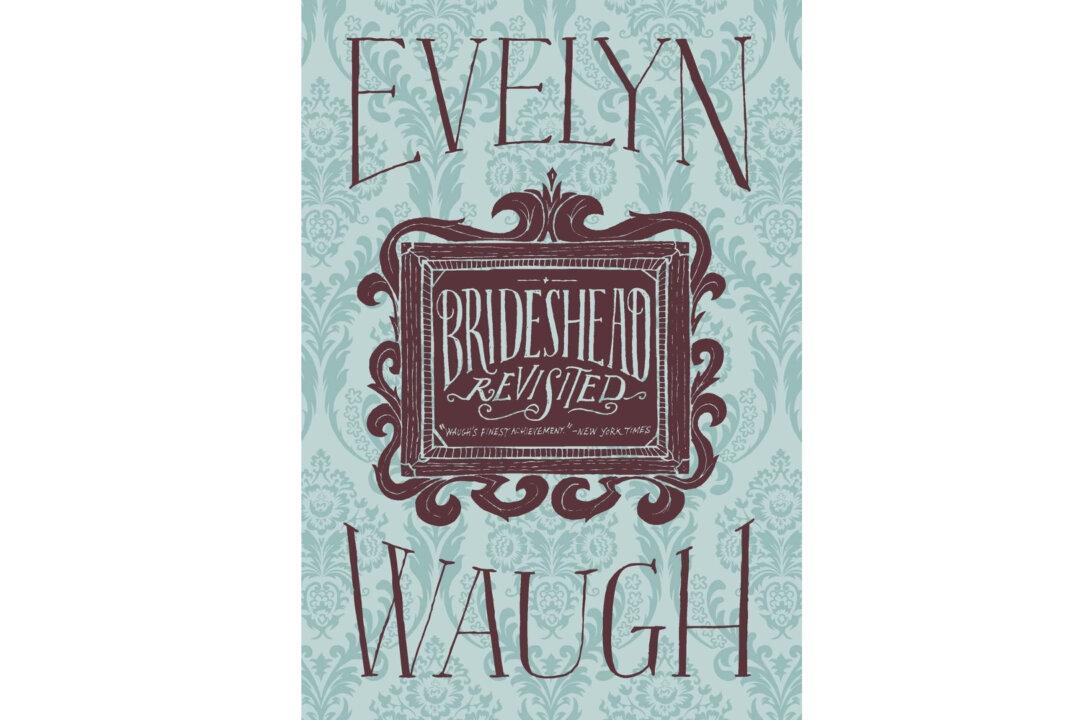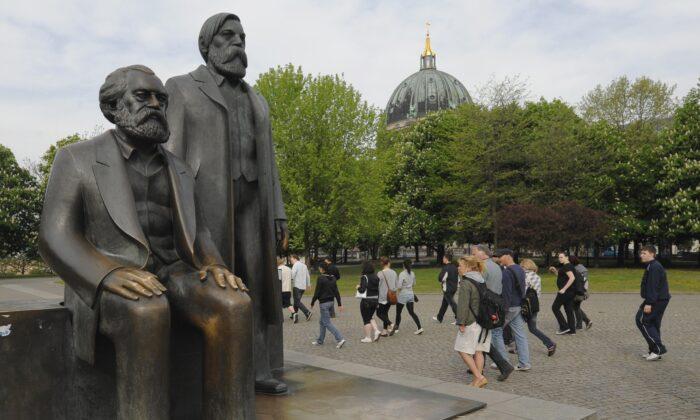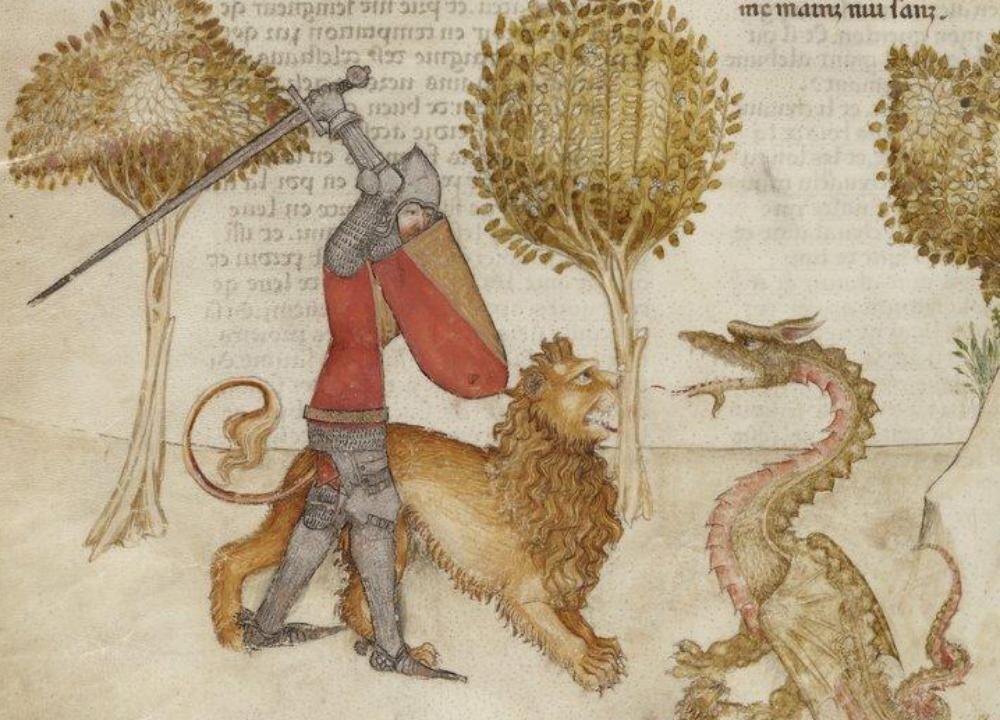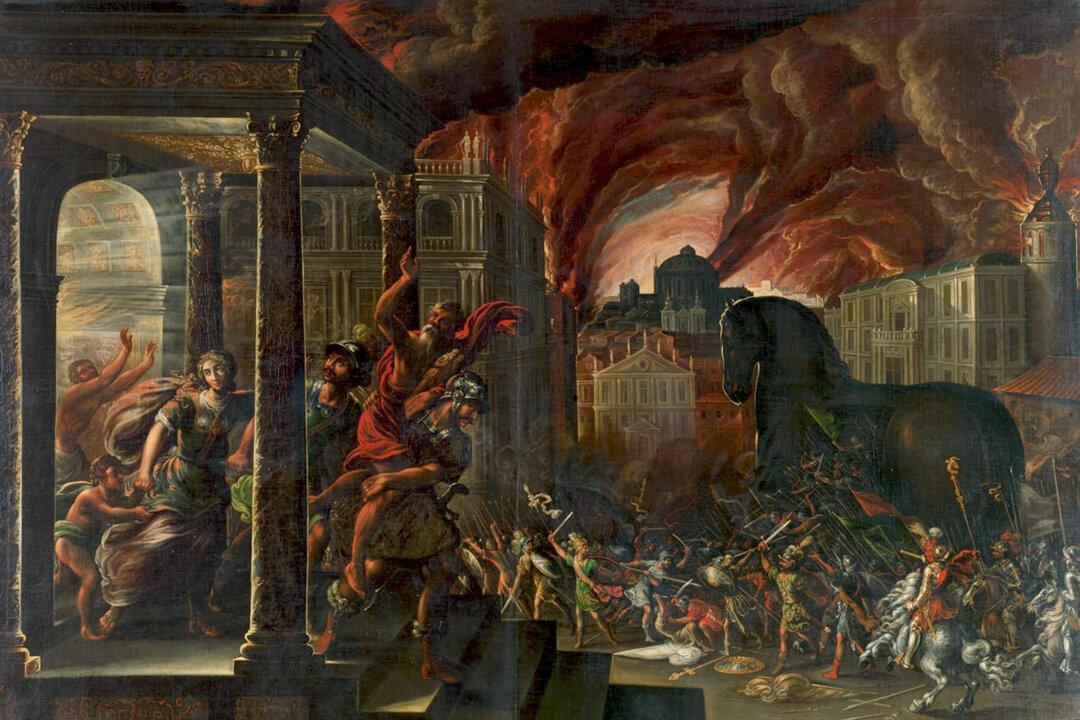Over the decades, various reading trends have come and gone for young readers. For a time, it was books about wizards and witches (courtesy of Harry Potter). Then it was vampires and werewolves (courtesy of Twilight). Then it was dystopian novels (courtesy of The Hunger Games). But before all these fads, a staple of reading for young people was historical fiction. Growing up, that’s what I read the most of, along with classic fantasy.
Historical fiction has much to recommend it. Because historical fiction was more popular 20 years ago, much of it will not contain the woke agendas and inappropriate sexual content that so many books for young readers include today. Instead of learning about the ever-expanding list of pronouns, readers will be educated in real things of lasting value, like how the Roman empire fell, what life was like in the American colonies, or how the French revolution unfolded. Finally, old-fashioned historical fiction generally promotes traditional values and timeless messages about heroism, self-sacrifice, adventure, and love.
‘The Witch of Blackbird Pond’ by Elizabeth George Speare (10+)
Don’t let the title fool you; this is not another Harry Potter knock-off. There is actually no witchcraft at all in the book. Instead, it tells the tale of 16-year-old Katherine “Kit” Tyler, who moves from Barbados to Wethersfield, Connecticut, in 1687, after her grandfather dies. She lives with her aunt, uncle, and cousins, who receive her somewhat coldly at first. Kit struggles to fit in to the strict Puritan community, and in her loneliness, befriends a Quaker outcast. Trouble broils, however, when the Quaker is accused of witchcraft and Kit becomes guilty by association.‘The Adventures of Tom Sawyer’ by Mark Twain (Samuel Clemens) (10+)
While perhaps not a work of historical fiction at the time it was written, Twain’s classic now depicts a bygone world (America in the 1840s). It’s a world of long summer afternoons, green and yellow woods, vibrant small-town life, and the languid Mississippi River—the perfect backdrop for the shenanigans of a 12-year-old boy. Despite the fact that Twain said the book “will only be read by adults”—and it’s true that it can be appreciated by adults who reflect on the magic of childhood from a distance—it’s also a great story for kids and is very easy to understand.‘Anne of Green Gables’ by L.M. Montgomery (10+)
Another story of the adventures of childhood, real and imagined, but this time from a girl’s perspective, “Anne of Green Gables“ tells of 11-year-old Anne Shirley’s life in Prince Edward Island, Canada, during the late 19th century. Anne is an orphan who is accidentally sent to two middle-aged siblings who wanted a boy to help with farm work. The vivacious, dreamy, idealistic, and hot-tempered Anne quickly worms her way into their hearts, however, and into the hearts of the wider community. The book is rightly considered a classic, and it is the first in a series about Anne’s coming-of-age.‘The Eagle of the Ninth’ by Rosemary Sutcliff (11+)
This one takes us all the way back to the second century A.D. in Roman Britain, and will appeal especially to boys who like military history. The novel tracks the journey of a young Roman officer, Marcus Flavius Aquila, who goes in search of his father’s lost legion in northern Britain. The Ninth Legion had marched away years before, never to return, and the symbol of its honor, the Eagle, was also lost. Aquila aims to learn what happened and salvage the legion’s honor if he can. Sutcliff’s ability to depict a vanished world with great detail and believability makes the novel shine. The haunting atmosphere of the wild north keeps you riveted.‘Kidnapped’ by Robert Louis Stevenson (11+)
Orphanhood appears to be a common trope in these novels, but it certainly works to good effect, forcing the hero or heroine out into the dangerous world on their own. Such is the case with 17-year-old David Balfour, whose uncle attempts to sell him into slavery. However, the ship that kidnaps him is driven back to Scotland. David escapes to the mainland with the help of his friend Alan Breck Stewart, where he becomes involved in the Jacobite rising of 1745, in which Scottish Highlanders attempted to restore King James to the throne. A key theme of the work is friendship between men.‘Uncle Tom’s Cabin’ by Harriet Beecher Stowe (12+)
Legend has it that this novel helped spark the Civil War through its intense and heartbreaking depiction the plight of slaves in America in the mid-1800s. Harriet Beecher Stowe was an abolitionist and daughter of a Calvinist preacher, Lyman Beecher. The novel tells of the sufferings of a handful of slaves initially belonging to Kentucky farmer Arthur Shelby, including the gentle and faithful Tom, and a slave couple, Eliza and George, and their son, who run away to avoid being separated. While the novel suffers, at times, from melodrama and sentimentality, it nevertheless tells an exciting tale with a great deal of compassion, and it is an important historical artifact in itself.‘The Scarlet Pimpernel’ by Baroness Orczy (12+)
This 1905 novel takes place during the Reign of Terror of the French Revolution, when Robespierre and the Committee of Public Safety suspended due process of law and every citizen—particularly of the upper class—lived in terror of the guillotine. “The Scarlet Pimpernel” is the pseudonym of a mysterious and chivalrous English gentleman who risks his life to rescue French aristocrats who are condemned to beheading. A beautiful French actress, Marguerite St. Just, who is married to an English baron, seeks to unravel the mystery of the Pimpernel. It’s an enthralling, swashbuckling tale of courage and romance.‘The Ballad of the White Horse’ by G.K. Chesterton (13+)
This narrative poem relates the legendary last stand of Saxon King Alfred the Great against the invading pagan Danes in the ninth century AD. Alfred’s Christian kingdom has all but fallen to pieces under the tide of invading heathens, but a vision of Our Lady inspires him to rally his tattered band of followers for one final attempt to drive the foe from his homeland. Chesterton’s verses ring with courageous energy and dramatic, vivid imagery. I suggest this for teens and not younger readers simply because poetry can be more challenging to understand.‘A Tale of Two Cities’ by Charles Dickens (15+)
Another tale of the French Revolution, Dickens’s best-selling novel relates the story of French Dr. Manette and his daughter, Lucie, after Manette’s 18-year imprisonment in the Bastille, and the two young men who enter their lives, Charles Darnay and Sydney Carton, who look nearly identical, and both of whom fall in love with Lucie. Darnay marries her, but then his hidden French aristocratic background puts him in danger from the revolutionaries in France. Only Carton will be able to save him. This is one of the longer works on this list, and Dickens’s prose can be challenging, so I recommend it for teens with strong reading abilities. It contains one of the most beautiful closing passages that I know of in English literature.‘Beowulf’ (15+)
Beowulf, one of the oldest surviving works of English literature, written between 700 and 1000 A.D., may not be, strictly speaking, historical fiction, but it certainly puts us in touch with a long-lost age, cradled in the haze of time, and brings it back to life before our eyes. Further, the anonymous author was writing of a time that would have felt “historical” to him—about the year 500 A.D. This long narrative poem tells of a great Swedish warrior, Beowulf, who rescues a neighboring kingdom from two ghastly monsters before returning home to rule and, in a heroic last stand, face the ultimate monster: a dragon.When you read the poem, you can almost feel the winds of an ancient, wild North blow through your hair. Since the poem not only depicts a historical age but was also written in a bygone era, reading it is about as close to time travel as you can get. Due to the age of the work, some obscure references, and the fact that it’s in verse, this work is recommended for older teens and/or strong readers. Still, the Seamus Heaney translation is remarkably readable, given that the original work is over 1,000 years old.






